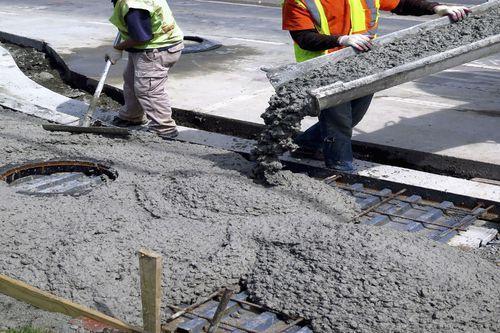Calcium lignosulfonate is commonly used as a cement admixture in the construction industry. Here are some key points regarding the use of calcium lignosulfonate as a cement admixture:
- Water Reducing Agent: Calcium lignosulfonate acts as a water reducer in cement mixtures. It reduces the amount of water required to achieve the desired workability, without compromising the strength or other properties of the cement. This property improves the flowability and pumpability of the concrete mixture.
- Improved Workability: By reducing the water-to-cement ratio, calcium lignosulfonate enhances the workability of the cement mix. It improves the ease of concrete placement, compaction, and finishing. The improved workability allows for better construction practices and ensures consistent quality of the concrete.
- Enhanced Strength and Durability: Calcium lignosulfonate can improve the strength and durability of the concrete. It improves the dispersion of cement particles, leading to a more compact and homogeneous concrete structure. This results in improved compressive strength, flexural strength, and reduced permeability.
- Set Time Control: Calcium lignosulfonate can be used to control the setting time of cement. It can act as a set retarder, extending the initial and final setting time of the cement. This property is useful in situations where longer workability time is required or in hot weather conditions.
- Shrinkage Reduction: Calcium lignosulfonate helps in reducing drying shrinkage of cement. It controls water evaporation, minimizing the risk of cracking and improving the overall durability of the cement.
- Compatibility: Calcium lignosulfonate is compatible with other cement admixtures, including air-entraining agents, accelerators, and retarders. It can be used in combination with other admixtures to achieve specific desired effects and optimize the performance of the cement.
- Sustainable and Environmentally Friendly: Calcium lignosulfonate is derived from renewable sources and is considered environmentally friendly. It is biodegradable and has low toxicity, making it suitable for sustainable construction practices.

